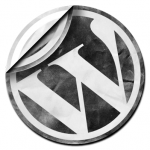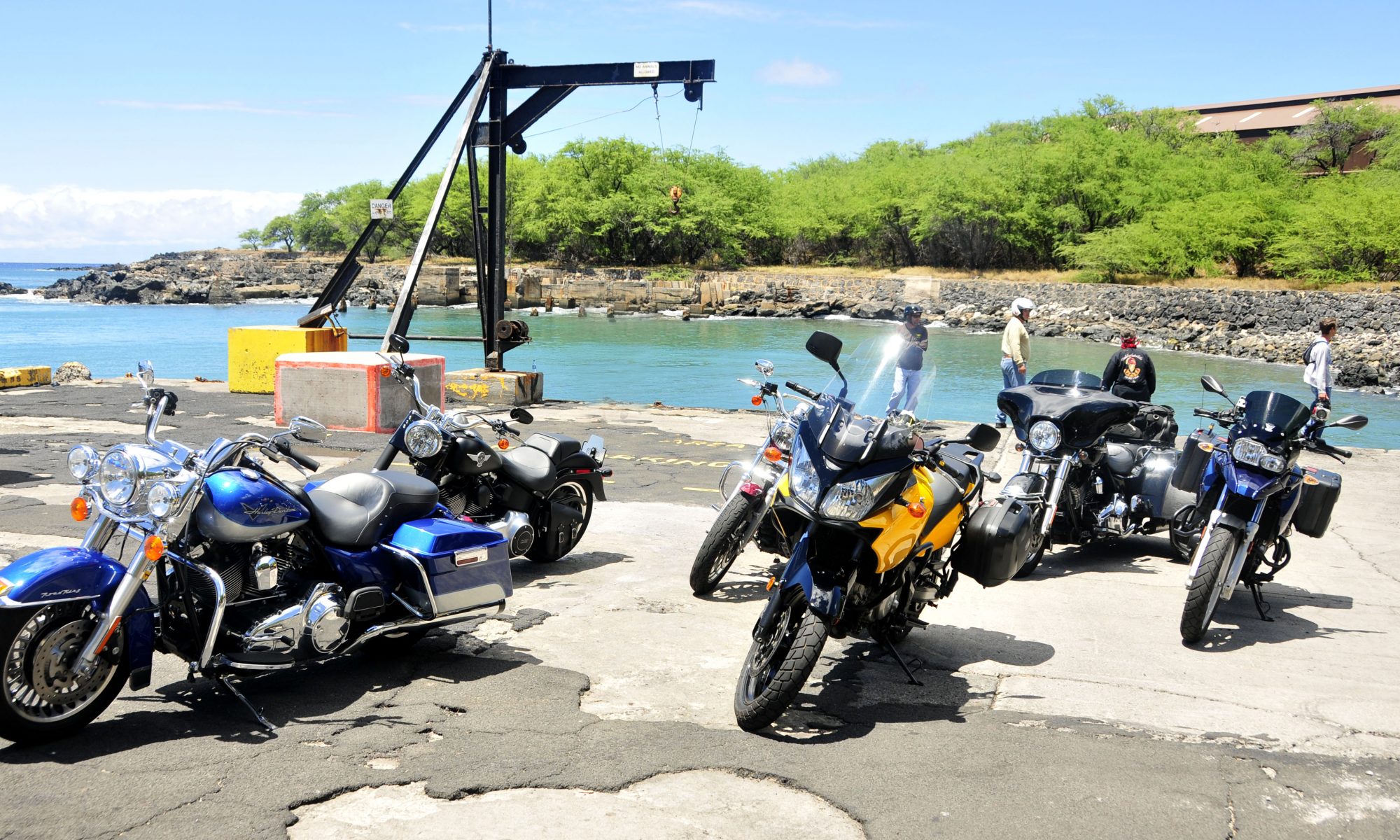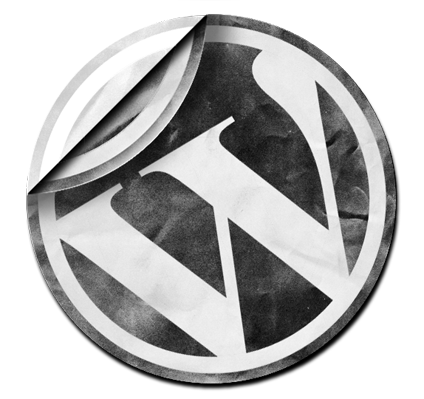 Posts are entries that display in reverse order by date on your home page. Posts usually have comments fields beneath them and are included in your site’s RSS feed.
Posts are entries that display in reverse order by date on your home page. Posts usually have comments fields beneath them and are included in your site’s RSS feed.
To write a post:
- Log in to your WordPress Administration Panel (Dashboard).
- Click the ‘Posts‘ tab.
- Click the ‘Add New‘ sub-tab.
- Start filling in the blanks: enter your post title in the upper field, and enter your post body content in the main post editing box below it.
- As needed, select a category, add tags, and make other selections from the sections below the post. (Each of these sections is explained below.)
- When you are ready, click Publish.
Inserting Media into Posts
When creating or editing a WordPress page, you can easily embed many different types of media at any time using the WordPress Add Media tool.
Embeddable media include:
- Images
- Audio
- Video
- Documents of various types
The following page will take you step by step through the process of embedding media into your content.
Screen Options
There are more editing fields available to you than you see on first login. The Screen Options area allows you to choose which Post Fields are displayed or hidden from your editing area, which allows you to minimize clutter and customize according to your needs.
You’ll find the Screen Options tab at the very top of your screen, and if you click on it, you’ll see a list of available editing boxes that you can use. Check the box for each Post Field you want displayed, or uncheck the box to hide that module. Click the Screen Options tab again to close the tab.
Note: As of WordPress version 3.1, some screen options on the Post Administration Panel are hidden by default, and you can check these items to set them to display regularly. This includes: Excerpt, Post Author, Discussion, Custom Fields, Slug, Comments, Send Trackbacks, Revisions.
Once you’ve customized how your editing screen works, your options are saved so you don’t have to select or hide them again next time you log in.
Descriptions of Post Fields
- Title
- The title of your post. You can use any phrases, words or characters. Avoid using the same title twice as that will cause problems. You can use commas, apostrophes, quotes, hypens/dashes, and other typical symbols in the post like “My Site – Here’s Lookin’ at You, Kid”. WordPress will then clean it up to generate a user-friendly and URL-valid name of the post (also called the “post slug”) to compose the permalink for the post.
- Post Editing Area
- The blank box where you enter your writing, links, links to images, and any information you want to display on your site. You can use either the Visual or the Text view to compose your posts. For more on the Text view, see the section below, Visual Versus Text View.
- Preview button
- Allows you to view the post before officially publishing it.
- Publish box
- Contains buttons that control the state of your post. The main states are Published, Pending Review, and Draft. A Published status means the post has been published on your blog for all to see. Pending Review means the draft is waiting for review by an editor prior to publication. Draft means the post has not been published and remains a draft for you. If you select a specific publish status and click the update post or “Publish” button, that status is applied to the post. For example, to save a post in the Pending Review status, select Pending Review from the Publish Status drop-down box, and click Save As Pending. (You will see all posts organized by status by going to Administration Panels > Posts > Edit). To schedule a post for publication on a future time or date, click “Edit” in the Publish area next to the words “Publish immediately”. You can also change the publish date to a date in the past to back-date posts. Change the settings to the desired time and date. You must also hit the “Publish” button when you have completed the post to publish at the desired time and date.
- Publish box
- Visibility – This determines how your post appears to the world. Public posts will be visible by all website visitors once published. Password Protected posts are published to all, but visitors must know the password to view the post content. Private posts are visible only to you (and to other editors or admins within your site)
- Permalink
- Permalink stands for “permanent link”. That means a post URL that does not expose the post ID which could be subject to a change (e.g. when moving to different blogging system), but it rather contains a user-friendly post name derived from the post title which could also change, although not recommended, but in a more controllable way. This post name (also referred to as “post slug” or just “slug”) can be edited, depending on your Permalinks settings, using the “Edit” button. (To change your settings, go to Administration Panels > Settings > Permalinks). The permalink is automatically generated based on the title you set to the post and is shown below the title field. Punctuation such as commas, quotes, apostrophes, and invalid URL characters are removed and spaces are substituted with dashes to separate each word. If your title is “My Site – Here’s Lookin’ at You, Kid”, it will be cleaned up to create the slug “my-site-heres-lookin-at-you-kid”. You can manually change this, maybe shortening it to “my-site-lookin-at-you-kid”.
- Save
- Allows you to save your post as a draft / pending review rather than immediately publishing it. To return to your drafts later, visit Posts – Edit in the menu bar, then select your post from the list.
- Publish
- Publishes your post on the site. You can edit the time when the post is published by clicking the Edit link above the “Publish” button and specifying the time you want the post to be published. By default, at the time the post is first auto-saved, that will be the date and time of the post within the database.
- Post Tags
- Refers to micro-categories for your blog, similar to including index entries for a page. Posts with similar tags are linked together when a user clicks one of the tags. Tags have to be enabled with the right code in your theme for them to appear in your post. Add new tags to the post by typing the tag into the box and clicking “Add”.
- Categories
- The general topic the post can be classified in. Generally, bloggers have 7-10 categories for their content. Readers can browse specific categories to see all posts in the category. To add a new category, click the “+Add New Category” link in this section. You can manage your categories by going to Administration Panels > Posts > Categories.
- Excerpt
- A summary or brief teaser of your post featured on the front page of your site as well as on the category, archives, and search non-single post pages.
- Send Trackbacks
- A way to notify legacy blog systems that you’ve linked to them. If you link other WordPress blogs, they’ll be notified automatically using pingbacks. No other action is necessary. For those blogs that don’t recognize pingbacks, you can send a trackback to the blog by entering the website address(es) in this box, separating each one by a space. See Trackbacks and Pingbacks for more information.
- Discussion
- Options to enable interactivity and notification of your posts. This section hosts two check boxes: Allow Comments on this post and Allow trackbacks and pingbacks on this post. If Allowing Comments is unchecked, no one can post comments to this particular post. If Allowing Pings is unchecked, no one can post pingbacks or trackbacks to this particular post.
- Password Protect This Post
- To password protect a post, click Edit next to Visibility in the Publish area to the top right, then click Password Protected, click Ok, and enter a password. Then click OK. Note – Editor and Admin users can see password protected or private posts in the edit view without knowing the password.
- Post Author
- A list of all blog authors you can select from to attribute as the post author. This section only shows if you have multiple users with authoring rights in your blog. To view your list of users, see Users tab on the far right. For more information, see Users and Authors.
- Revisions
- A list of all revisions made to the current post or page. Clicking on a revision will open a dedicated revision change where you can compare the current version of the post or page with any previous versions. There is also an option to restore any previous versions.
Best Practices For Posting
You can say or show the world anything you like on your WordPress site. Here are some tips you need to know to help you write your posts in WordPress.
- Use Paragraphs
- No one likes to read writing that never pauses for a line break. To break your writing up into paragraphs, use double spaces between your paragraphs. WordPress will automatically detect these and insert <p> HTML paragraph tags into your writing.
- Use Headings
- If you are writing long posts, break up the sections by using headings, small titles to highlight a change of subject. In HTML, headings are set by the use of h1, h2, h3, h4, and so on. By default, most WordPress Themes use the first, second, and sometimes third heading levels within the site. You can use h4 to set your own headings. You can use the Heading 4 style from your editing dropdown menu using the Visual Editor, or you can enter your headline manually in the Text Editor by typing:
- Spell Check and Proof
- There are spell check Plugins available, but even those can’t check for everything. Some serious writers will write their posts in a text editor with spell check, check all the spelling and proof it thoroughly before copying and pasting into WordPress.
- Think before you post
- Ranting on blogs is commonplace today, but take a moment and think about what you are writing. Remember, once it is out there, it can be seen by many and crawled by search engines; and taking things back is harder once it is public. Take a moment to read what you’ve written before hitting the Publish button. When you are ready, share it with the world.
- Write frequently
- Write as frequently as you can, but don’t let quantity get in the way of quality. Your viewers come for content, not to spend time reading useless stuff.
- Don’t use too much slang
- Not all the readers will be from your part of the world so make sure people can understand easily.
- Use pictures and videos
- They make the pages colorful and viewers get to see a little of your part of the world. They feel connected.
- Save your posts
- Save your posts before you press the publish button. Anything can happen with your computer or with an internet connection. You don’t need to lose your post.
From the WordPress Codex.

